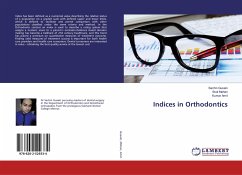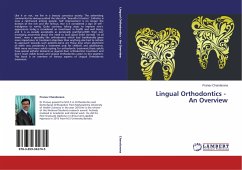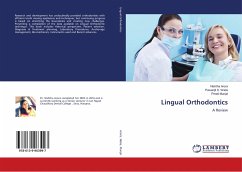Lingual orthodontics has come a long way in the last 20 years from being on the fringes of clinical application. Most malocclusions that can be treated by conventional labial techniques can also be treated with lingual orthodontic techniques. However, not all patients can be treated with lingual orthodontics, particularly those patients with expected low discomfort tolerance. The latest advances in bracket design, new metal alloys for arch wires and new mechanics have not only simplified the technical aspect of lingual orthodontics, but have also contributed to a marked reduction in patient discomfort and improved patient cooperation. Lingual orthodontics came into existence to eliminate the visibility of the appliance by sparing the labial surfaces and making use of lingual surfaces to fix orthodontic attachments for aesthetic reasons on demands of adults.








